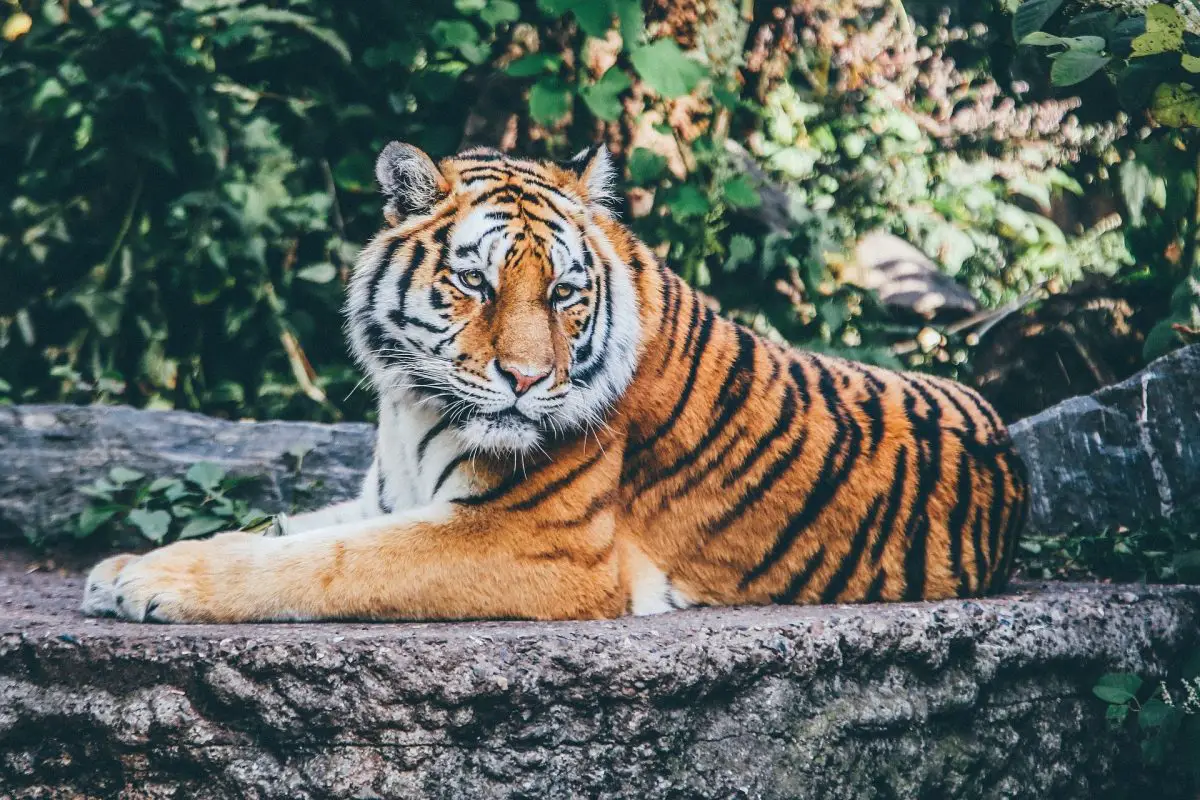The tiger has been the national symbol of India for millennia. It has been represented as the mount of the Goddess of power, Durga, and been depicted in ancient rock art, showing the tiger’s longstanding relevance in Indian culture. The earliest image of tigers in Indian art, the Pashupati seal, dates back to the Indus Valley Civilization around 2500 B.C. Tigers are one of the few animals that symbolize numerous but contradictory ideas. They represent power, strength and the supernatural, while also being feared and seen as evil; these varying identities in India result from the violent history between tigers and humans.
Man-eating tigers and local peoples have clashed for centuries, and since the 1600s, the tiger population in India has rapidly declined because of practices like hunting and poaching. Conservation efforts within India have stabilized India’s tiger population, but in recent years, the controversy around these conservation efforts has made the news.
The History of Hunting Tigers
The hunting of tigers, among other creatures, became a tradition among Indian nobility during the early 1600s by Mughal Emperor Jalad-ud-Din Muhammad Akbar. This tradition was carried on from then until the fall of the Mughal Empire in 1857. However, tiger hunting didn’t end there. Indian nobility and the succeeding rulers of India, the British, continued tiger hunting. Seeing the tiger as a representation of India, and as a beast of great power, the British viewed killing tigers as dominating India. The act of hunting such an animal was very prestigious because of the dangers involved.
From 1857 to the late 1900s, the cats were killed in the thousands. Tiger killing was seen as a duty and honor. Both the British and Indians twisted the tiger’s image, making the animals out to be “terrible, bloodthirsty beasts with an unquenchable desire for human flesh.” Their appearance as big game, a popular decoration and fashion, created an influx of tiger hunters.
The tiger’s threat to local populations only exacerbated the negative image, morphing its status to that of vermin. Until the banning of tiger hunting in 1971, kings, princes and ordinary folk reduced India’s tiger population from over 100,000 to around 3,200 by the 1970s. The ban on tiger hunting was met with fervent displeasure among local populaces, who had to deal with the wild cats.
Indira Gandhi, the prime minister of India from 1961 to 1984, led the crusade to end tiger hunting and poaching while seeking to preserve the Bengal tiger, which had become an endangered species. Gandhi created numerous reserves, and her famous conservation initiative, Project Tiger, helped stabilize the tiger population.
After Gandhi’s assassination in 1984, population numbers began to drop again, and tigers disappeared. The oddity was researched and reported, but nothing was done. Officials disregarded the reports and pointed to data based on flawed acquisition methods that said otherwise. The news that surfaced, though, included reports of tigers killing humans, a well-known occurrence for thousands of years.
Current Tiger Conservation Efforts and Concerns
From the late 1980s to 2021, there have been yearly reports on Project Tiger and man-eating tigers in India. Controversy has stricken India on the issue of how tiger populations should be saved. The Indian government and its conservation plans and budgets help tigers; its stance is non-hostile. The problem lies in rural and urban peoples’ differing views of tigers and what should be done to preserve the species.
People who live outside big cities and close to wild tiger habitats decry the policies and laws surrounding tiger killing and conservation. To them, tigers are a threat. Man-eating tigers are a rarity in India, with around 40 to 50 people killed annually compared to about 350 people killed each year by elephants. But the image of the tiger is one of respect and fear among local people. A death caused by a tiger is much more likely to cause an uproar among the populace, which is the reason for the tumultuous relationship between the big cats and humans. The predators have killed humans throughout history, leaving a mark on India’s people who live near wild tigers.
Many rural Indians often react to man-eating tigers by killing all tigers in the surrounding area. Conservation, national symbols and preservation mean nothing when people think their lives are on the line. They often advocate for killing tigers, regardless of whether they eat people or not, and they advocate for much stricter and more hostile actions against the animals. In contrast, urban rights groups believe that killing even a single tiger, man-eater or not, is wrong. With so few tigers left, they advocate for relocation, captivity and other peaceful means to protect the animals.
The difference in opinions was exhibited clearly when a tiger named T-1 killed at least 13 people by 2018. The Indian government issued a warrant for its peaceful capture but failed to detain T-1, who continued killing. With a man-eating tiger on the loose, the country felt terrorized, and varying groups of people called for relocation, captivity and even death.
The wide range of views and public pressure led to a prolonged search for T-1 and the ultimate decision to kill on sight. By November 2018, T-1 was found and put down; city people protested while villagers celebrated. T-1’s actions reaffirmed the local peoples’ beliefs that tigers were agents of terror, both to themselves and their livestock, and that they shouldn’t be free in the wild.
Man-eating tigers present the greatest threat to tiger conservation efforts. With no clear commitment or direction on dealing with man-eating tigers, Indian citizens’ trust in the government’s efforts toward protection will continue to waver. India’s predicament is that it can more than double the tiger population, but they may be killing people by doing so; more tigers means more man-eating tigers if left alone. With more than half of the world’s wild tiger population being in India, any efforts made will indeed affect the species as a whole.
When it comes to preserving the tiger population, the options are to monitor them in the wild or put them on reserves. Both choices leave much to be desired. Living on a reserve can be just as deadly for a tiger as living in the wild. With poachers, inadequate game and space to roam, tigers can have trouble in captivity. But the alternative is not much better.
The best way to accommodate and protect the growth and stability of India’s tiger population, without fostering man-eating tigers, is unknown. Still, scientists, experts and officials are working to preserve tigers while protecting humans’ and tigers’ lives.
















